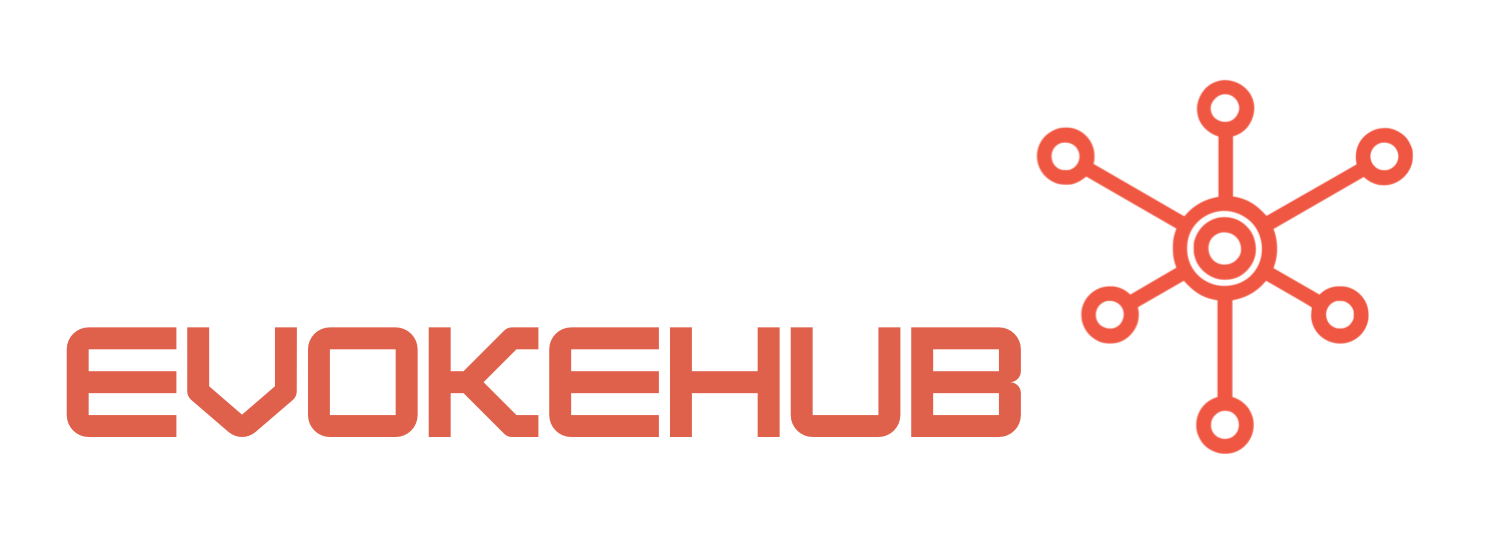Understanding Event Hubs and Kafka in Cloud Ecosystems
Azure Event Hubs is a fully managed, real-time data ingestion service offered by Microsoft Azure, designed to facilitate the creation of big data pipelines. It allows users to easily collect and process millions of events per second, making it ideal for scenarios like telemetry and IoT data processing. Event Hubs integrates seamlessly with other Azure services, enabling users to create sophisticated analytics solutions without the complexities of managing infrastructure. Its simplicity and scalability make it appealing for enterprises already entrenched in the Azure ecosystem.
Conversely, Apache Kafka is an open-source stream-processing platform developed by the Apache Software Foundation. It is renowned for its distributed event streaming capabilities, which are essential for building robust data pipelines and streaming applications. Kafka serves as a backbone for many modern data architectures, providing strong durability and fault tolerance. While it can be hosted on various platforms, including cloud offerings like AWS and GCP, Kafka requires more operational overhead when compared to managed services, which can be a significant consideration for organizations without dedicated infrastructure teams.
In summary, Event Hubs is tailored for those who prefer a fully managed service within the Azure ecosystem, while Kafka caters to users seeking an open-source, versatile solution that can be deployed across diverse environments. Organizations must assess factors such as existing cloud commitments, technical expertise, and specific use cases when choosing between these two event streaming technologies. For further exploration, visit Azure Event Hubs Documentation and Apache Kafka Documentation.
Key Differences Between Event Hubs and Kafka Performance
One of the primary differentiators between Event Hubs and Kafka lies in their performance attributes. Event Hubs offers a single-tenant architecture that can handle high throughput with minimal latency, particularly optimized for scenarios requiring easy integration with Azure services. It supports partitioning of data streams, allowing multiple consumers to read data simultaneously, thus enhancing performance. This architecture particularly shines in scenarios where scalability is paramount, such as in large-scale telemetry or IoT solutions.
On the other hand, Kafka tends to outperform in scenarios requiring prolonged data retention and more complex consumer patterns. With its distributed log architecture, Kafka provides strong durability guarantees and the ability to replay messages, which is invaluable for certain applications. Kafka’s design allows for fine-tuning of performance parameters, including replication factors and partitioning schemes, which can lead to optimized performance under varied workloads. Organizations looking for a highly configurable streaming solution often lean towards Kafka due to these capabilities.
However, it’s essential to consider that performance is not solely about throughput or latency. Event Hubs boasts built-in features such as auto-scaling, which dynamically adjusts to fluctuations in data input, while Kafka requires more hands-on configuration to achieve similar scalability. Ultimately, the choice between Event Hubs and Kafka in terms of performance should reflect an organization’s specific use cases, operational capabilities, and long-term data strategy. More details can be found in the Azure Event Hubs Performance Guidelines and the Kafka Performance Tuning Documentation.
In summary, both Azure Event Hubs and Apache Kafka serve crucial roles in modern event streaming and data processing strategies within cloud infrastructures. Event Hubs offers a streamlined, managed experience that integrates well with Azure services, making it an excellent choice for organizations already invested in Microsoft’s ecosystem. Conversely, Kafka provides a robust, open-source solution that excels in versatility and performance, particularly for complex data environments requiring extensive customization. By understanding the fundamental differences and performance characteristics of each, businesses can make informed decisions that align their event streaming technologies with their operational goals and infrastructure commitments.




